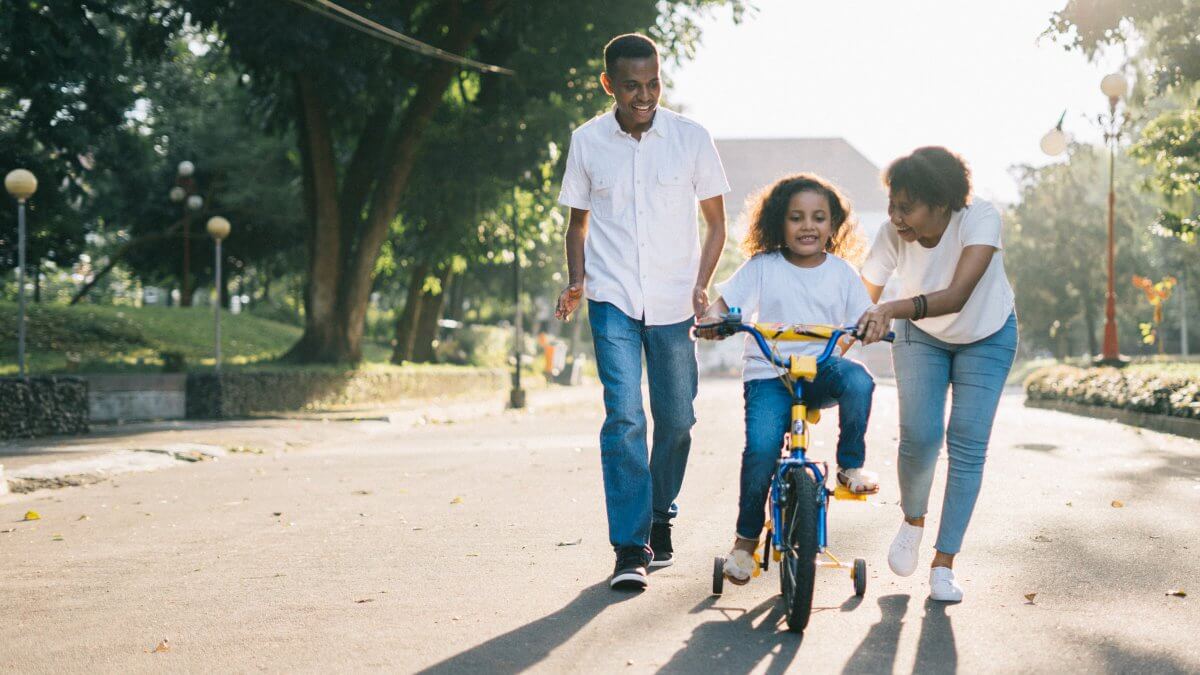
Communicating openly with our kids is important
COVID-19 is all over our televisions, phones, computers, and on the lips of every adult around. Most likely, our kids are forming their own thoughts and ideas about what’s going on- as they should.
The pandemic concerns them just as much as everyone else, and they need to understand what the world is facing right now. However, with the onslaught of misinformation and fear-mongering everywhere we turn, we must ensure they’re receiving accurate, science-based information to inform, not incite fear or panic.
The CDC has given some advice on how to speak to kids about what’s going on productively, and we found it so helpful, we’d like to pass on a few key points:
-
Explain what COVID-19 is, and what it isn’t.
They should know it’s a virus, and even though it has many of the same symptoms, it is not the same thing as the common flu or cold. Reassure them that doctors are working hard to care for people who have the virus, and while it can be severe for some, they have found that children are not as likely to get as sick from it.
-
Talk about what happens if a person gets the virus.
Let them know that while it isn’t the same thing as the flu or a cold, for most, that what it feels like. They may run a fever, have a cough, and for some, have a hard time breathing. Re-iterate that so far, doctors have learned that some people are at a higher risk of developing more severe symptoms. Still, healthy adults will usually get better, and kids typically get well even faster.
Also, be sure to explain that just because a person has symptoms of COVID-19, doesn’t mean that’s what they have. There are a whole lot of other illnesses that have the same kinds of symptoms.
-
Give them a game-plan for staying well.
Let them know there are things they can do to reduce the chances of getting sick or passing the virus on to other people, and they do have some control over their wellness. Educate them on the guidelines for hand-washing and sanitizing, sanitizing surfaces, coughing or sneezing into their elbow or a tissue, then throw it away immediately and wash their hands.
Explain the concept of “social distancing” and why the CDC recommends it. Also, explain how staying home right now and avoiding unnecessary contact with others is what we need to do to help keep everyone healthy, but it isn’t going to be like this forever.
-
Be mindful of what you say and how you say it.
Children are very astute when it comes to absorbing language from adults and interpreting it the best way they can. Adults need to use language that promotes reassurance, not fear in front of kids.
Also, avoid assigning blame on any one group or race of people for what’s happening right now. Not only is it unfair, but it’s also spreading assumptions about who may or may not be more likely to have the virus- which can lead to behaviors that put others at risk.
-
Follow their lead.
Talk of COVID-19 is everywhere, so it may be a good idea to limit how long we watch the news and whatever else is on TV about it. If it makes us anxious, chances are it’ll make them even more anxious. Honest, accurate, and calm communication is best coming from you. You know your child better than anyone, and each kid processes information differently. Be sure to be front and center for them to talk, listen, and give cuddles- in whatever order they need.
Kids look to us to set a good example for how to behave in scary or unsure times. The impulse to shelter them from such things is just human nature, but now might be the best time to gently and carefully educate them about what’s happening in the world. Model the behaviors you’d like to see reflected in others right now- kindness, compassion, and common-sense go a long way in teaching our kids how to handle uncertain times.
Click here for a great article published by the CDC on the most useful ways to address the COVID-19 pandemic with children.
